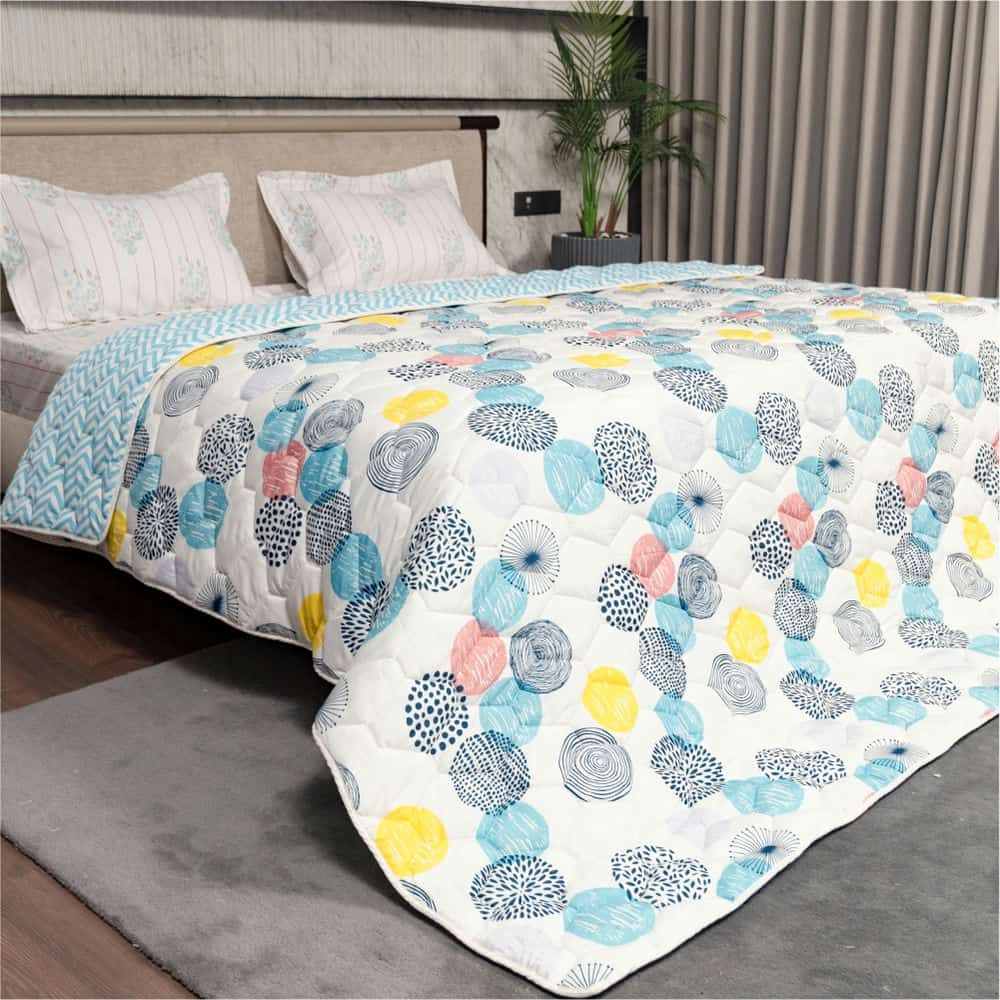The Appeal and Utility of Thick & Heavy Bed Sheets

Thick and heavy bed sheets have become a popular choice among consumers seeking comfort, warmth, and durability. These bed linens offer a range of benefits that make them desirable, particularly for those living in colder climates or simply wanting a luxurious sleeping experience. This essay explores the various aspects of thick and heavy bed sheets, including their materials, benefits, design considerations, maintenance, and cultural significance.
Materials and Construction

The quality of thick and heavy bed sheets largely depends on the materials used and the method of construction. Common materials include high-thread-count cotton, flannel, and linen.
- High-thread-count cotton: Egyptian cotton and Pima cotton are renowned for their softness and durability. These cotton varieties have long fibers that can be spun into finer, stronger threads. A high thread count, typically above 400, results in a dense, heavy fabric that feels luxurious and is highly durable.
- Flannel: Made from cotton, wool, or synthetic fibers, flannel sheets are brushed to create a soft, fuzzy surface that traps warmth. The thickness of flannel is measured in GSM (grams per square meter), with higher GSM indicating a heavier, warmer sheet.
- Linen: Linen sheets, made from the fibers of the flax plant, are heavier and more textured than cotton. They offer excellent breathability and moisture-wicking properties, making them suitable for both warm and cool climates.
Benefits of Thick and Heavy Bed Sheets

Thick and heavy bed sheets offer numerous advantages, making them a preferred choice for many households.
- Warmth: These sheets are excellent for retaining heat, making them ideal for colder months or climates. The dense weave of high-thread-count cotton and the fuzzy surface of flannel effectively trap body heat, providing a cozy and warm sleeping environment.
- Durability: Due to their substantial construction, thick and heavy bed sheets are more resistant to wear and tear. They maintain their integrity over time, even with frequent washing, making them a cost-effective investment in the long run.
- Comfort: The luxurious feel of heavy bed sheets enhances sleeping comfort. High-quality cotton sheets offer a silky smooth texture, while flannel provides a plush, comforting sensation. Linen, though more textured, softens with each wash and provides a unique, breathable comfort.
- Aesthetic Appeal: Thick and heavy bed sheets often have a rich, elegant appearance. They drape beautifully over the bed, adding a touch of sophistication to the bedroom decor.
Design Considerations

When choosing thick and heavy bed sheets, several design factors should be considered to ensure they meet personal preferences and needs.
- Thread Count and GSM: For cotton sheets, a thread count between 400 and 800 is optimal for achieving the desired thickness and heaviness. For flannel, a GSM of 170 and above indicates a higher quality, heavier sheet.
- Weave Type: The weave of the fabric affects its texture and durability. Sateen weaves, common in high-thread-count cotton sheets, offer a smooth, lustrous finish. Percale weaves, on the other hand, provide a crisp, matte texture. Twill weaves in flannel sheets add to their durability and warmth.
- Fit and Size: Properly fitted sheets ensure maximum comfort and aesthetic appeal. It is essential to choose the correct size for the mattress, considering its depth. Deep-pocket sheets are available for thicker mattresses.
- Color and Pattern: Thick and heavy bed sheets are available in a wide range of colors and patterns. Solid colors in neutral tones like white, grey, and beige are popular for a classic look, while bold patterns can add a contemporary touch to the bedroom.
Maintenance and Care

Proper maintenance is crucial for extending the lifespan of thick and heavy bed sheets and preserving their comfort and appearance.
- Washing: It is recommended to wash these sheets in cold or warm water using a gentle cycle to prevent damage to the fibers. Avoid using bleach, which can weaken the fabric.
- Drying: Air drying is ideal for preserving the quality of the sheets. If using a dryer, opt for a low heat setting to avoid shrinkage and fabric damage. Removing the sheets promptly from the dryer reduces wrinkles.
- Storage: Store bed sheets in a cool, dry place away from direct sunlight to prevent discoloration. Using breathable storage bags can help maintain their freshness.
- Ironing and Pressing: Cotton and linen sheets may benefit from ironing to achieve a crisp, polished look. Use a medium to high heat setting for cotton and a low to medium setting for linen. Flannel sheets typically do not require ironing due to their brushed texture.
Cultural and Historical Significance

Thick and heavy bed sheets have a rich cultural and historical background. In many cultures, high-quality bed linens have been a symbol of wealth and status. The use of luxurious materials like Egyptian cotton and linen dates back centuries, reflecting the importance of comfort and aesthetics in bedding.
In modern times, the demand for thick and heavy bed sheets has grown with the increasing focus on home decor and personal well-being. The bedroom is now seen as a sanctuary, and investing in high-quality bedding is considered an essential aspect of creating a comfortable and inviting space.
Conclusion
Thick and heavy bed sheets offer a unique blend of warmth, durability, and comfort, making them a worthwhile investment for any household. Their rich materials, thoughtful design, and cultural significance add to their appeal, making them a staple in many homes. By understanding the benefits and maintenance requirements of these bed linens, consumers can make informed choices to enhance their sleeping experience and overall quality of life.
